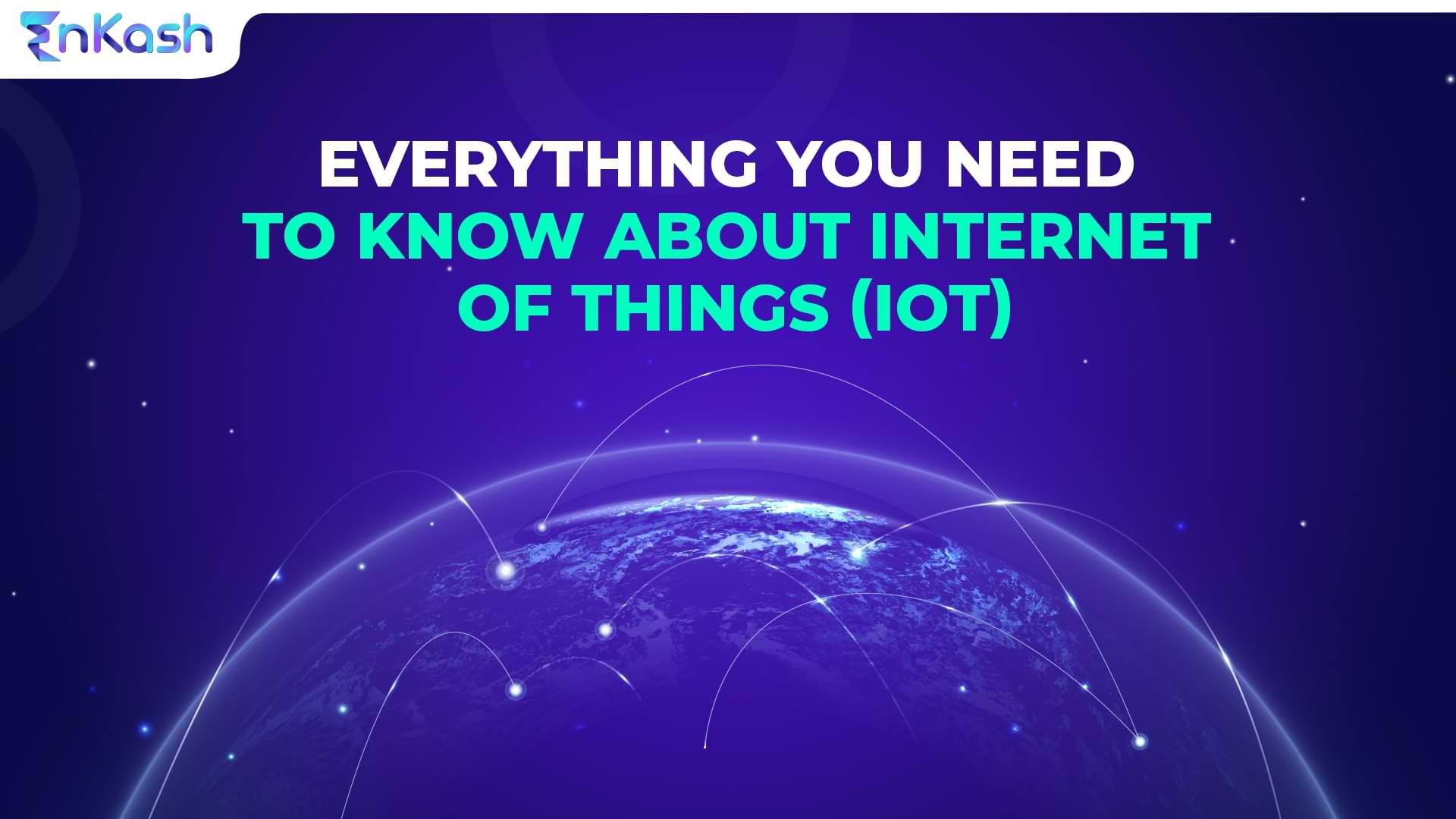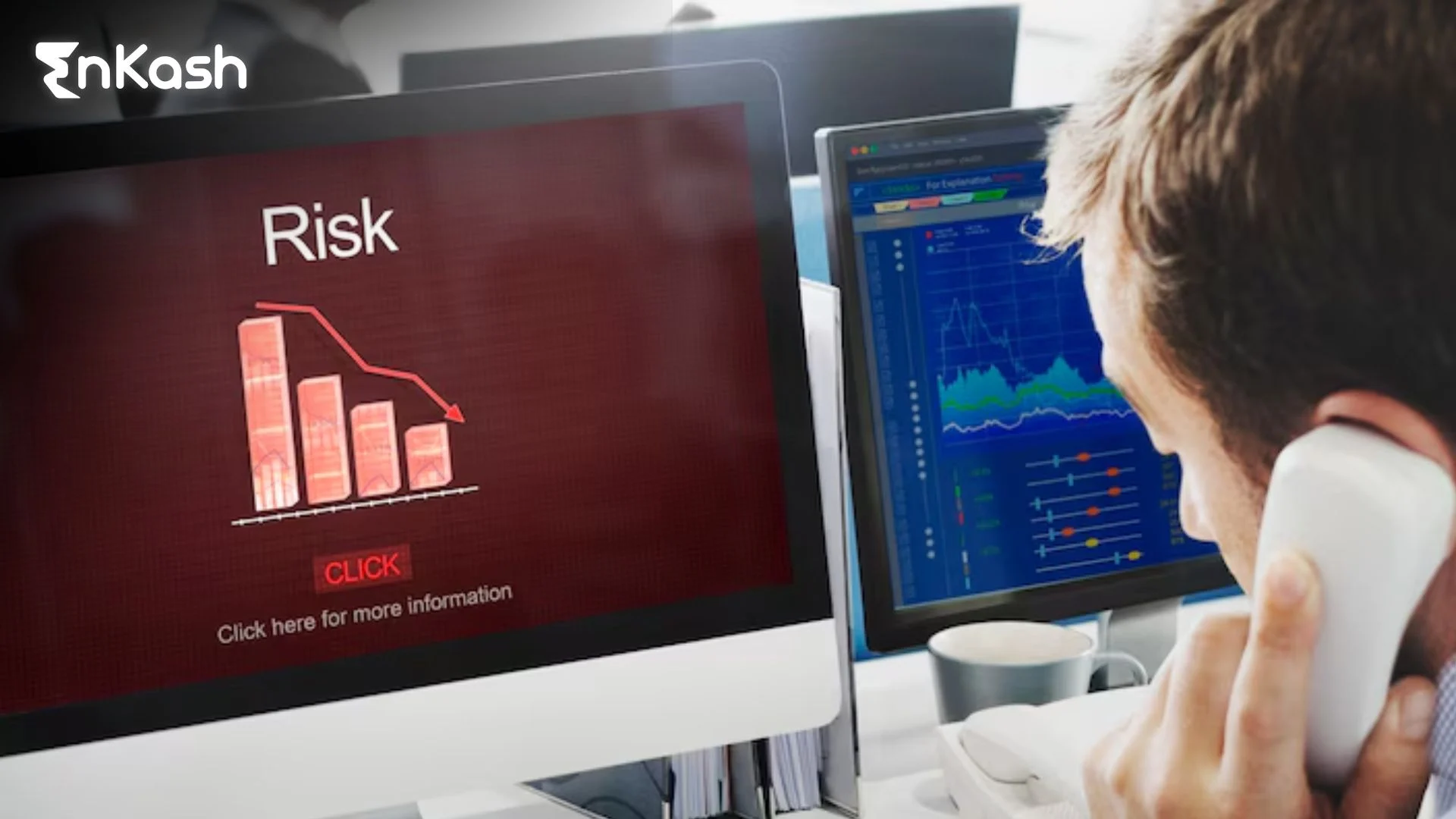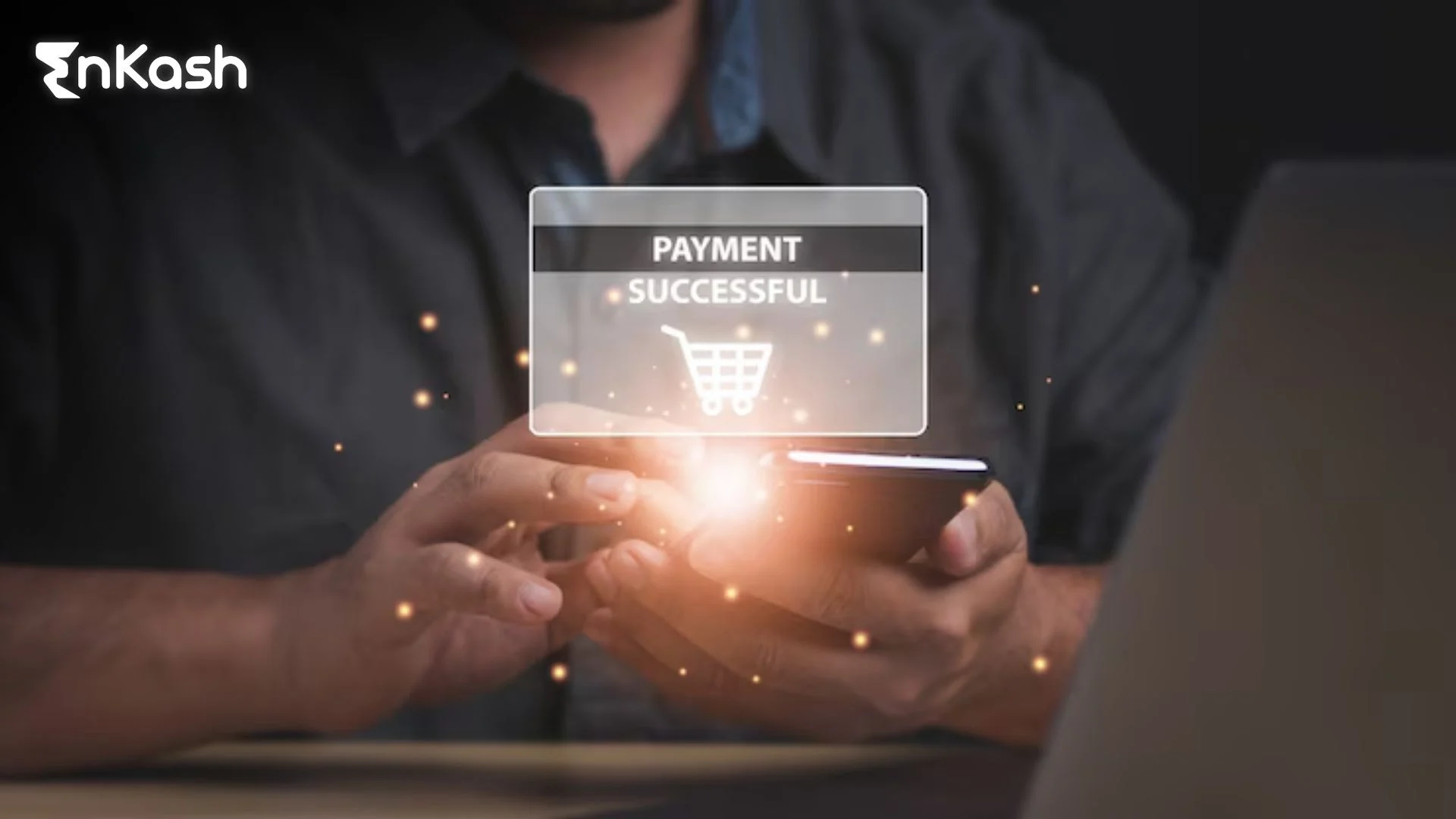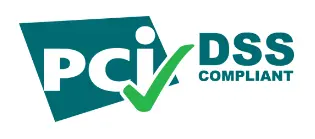The ‘Internet of Things’ (IoT) is a network of actual physical ‘things’ that can communicate and interact with other electronic devices with the help of sensors, software, apps, and other technologies. These devices range from basic household objects to sophisticated industrial machinery.
You’ll be surprised to know that there are more than 9.76 billion connected IoT devices, and there will be 29.42 billion by 2030.
What is the importance of the Internet of Things (IoT)?
One of the most important 21st-century technologies has recently arisen, and that is the Internet of Things (IoT). Thanks to the ability to connect mundane items—such as home appliances, cars, thermostats, and baby monitors—to the internet via embedded devices, continuous communication between people, processes, and things are now possible.
The sharing and collection of data by physical things with the least amount of human involvement are made possible by cloud computing, big data, avant-garde mobile technologies, and analytics. In today’s society, digital systems can record, monitor, and alter every contact between connected entities. The physical and digital worlds coexist despite their collision.
What technologies enabled the Internet of Things?
The Internet of Things (IoT) concept has been around for a while, but it has only just become a reality thanks to several recent technological developments.
Availability: Availability of inexpensive, low-power sensor technology. Now that IoT technology is more affordable and reliable, more manufacturers, small or big may use it.
Connectivity: Thanks to several network protocols for the internet, it is now simple to connect sensors to the cloud and other ‘things’ for efficient data transfer.
Cloud computing: Thanks to the growth of cloud platforms, businesses, and consumers can now receive the infrastructure they need to scale up without having to manage it all.
Analytics utilizing machine learning: Thanks to advancements in machine learning and analytics as well as access to a wide variety and large amounts of data saved in the cloud, businesses may obtain insights more quickly and easily.
Artificial intelligence: Digital personal assistants like Alexa, Cortana, and Siri now support natural language processing (NLP) on Internet of Things (IoT) gadgets. IoT gadgets are now more appealing, useful, and practical for usage in homes thanks to this.
What is Industrial IoT?
Industrial IoT (IIoT) is the name given to IoT technology utilized in industrial settings, particularly when it comes to instrumenting and managing sensors and other equipment that makes use of cloud-based services. See this Titan use case PDF for a solid illustration of the IIoT. Machine-to-machine (M2M) communication has recently been employed in the industry to enable wireless automation and control.
However, as cloud computing and related technologies (such as analytics and machine learning) gain popularity, industries may now attain a new level of automation, which in turn enables the development of new income streams and business models. IIoT is often referred to as Industry 4.0, the fourth wave of the industrial revolution. Some typical IIoT applications include Smart manufacturing, smart grids, connected assets, predictive maintenance, smart cities, connected logistics, and smart digital supply chains.
How the Internet of Things is Beneficial for Businesses?
Businesses are using IoT’s business value as it becomes more commonplace in the market. These advantages consist of:
- Using IoT data to gain data-driven insights that will improve business management
- Increasing business operations’ productivity and efficiency
- Creating fresh business ideas and revenue streams
- Generating fresh revenue streams and business ideas
What are IoT Applications?
IoT Intelligent Applications are prebuilt SaaS programs that analyze and show business users IoT sensor data on dashboards.
IoT applications use machine learning techniques to analyze massive amounts of linked sensor data in the cloud. Using real-time IoT dashboards and alerts, you may view significant performance indicators, statistics for the mean time between failures, and other data. Machine learning-based algorithms are capable of spotting equipment anomalies, alerting users to them, and even initiating automated repairs or preventative measures.
With cloud-based IoT solutions, business users may quickly enhance their present supply chains, customer service, human resources, and financial services. With any business procedure, there is no need to start from the beginning.
How are IoT Apps Deployed?
A wide range of applications is being driven by IoT to both enable and deliver data as well as enable device-to-device communication. Some of the most common IoT apps are listed below.
- Machine and Product-Quality Monitoring
Machines can be regularly assessed and watched to make sure they are working within the required tolerances. Another choice for identifying and resolving quality problems is real-time product monitoring. - Ring Fencing and Real-Time Tracking
Businesses can rapidly locate assets thanks to tracking. By installing ring-fencing, they may make sure that high-value goods are protected against theft and removal. - Wearable Tech
IoT wearables let customers better understand their health and enable clinicians to monitor patients from a distance. Additionally, employers can now keep an eye on their employees’ health and safety owing to technology, which is especially useful for individuals who operate in hazardous conditions.
Which Industrial Sectors Can Profit from IoT?
The Internet of Things (IoT) has the potential to bring significant benefits to many industrial sectors. Some examples include:
Manufacturing: IoT can be used to improve efficiency, optimize production processes, and monitor equipment for maintenance.
Supply chain and logistics: IoT can be used to track products and assets in real-time, improving visibility and enabling more efficient decision-making.
Agriculture: IoT can be used to optimize crop yields, monitor weather conditions, and control irrigation systems.
Transportation and logistics: IoT can be used to improve fleet management, optimize routes, and reduce fuel consumption.
Energy and utilities: IoT can be used to monitor and control energy usage, improve grid efficiency, and reduce costs.
Healthcare: IoT can be used to remotely monitor patients, improve medical equipment maintenance, and inventory management, and enable telemedicine.
Retail: IoT can be used to optimize inventory management, improve customer service, and enable targeted marketing.
Conclusion
In conclusion, the Internet of Things (IoT) is revolutionizing many industries and changing the way we live and work. IoT technology allows for the seamless connectivity and communication of devices, systems, and people, enabling real-time data collection and analysis. This is leading to significant improvements in efficiency, cost savings, and new business models across a wide range of industries.
In addition, IoT is also enabling the development of smart cities and homes, improving the quality of life for citizens and creating new opportunities for innovation. Overall, IoT is transforming the way we interact with technology and shaping the future of our world.














